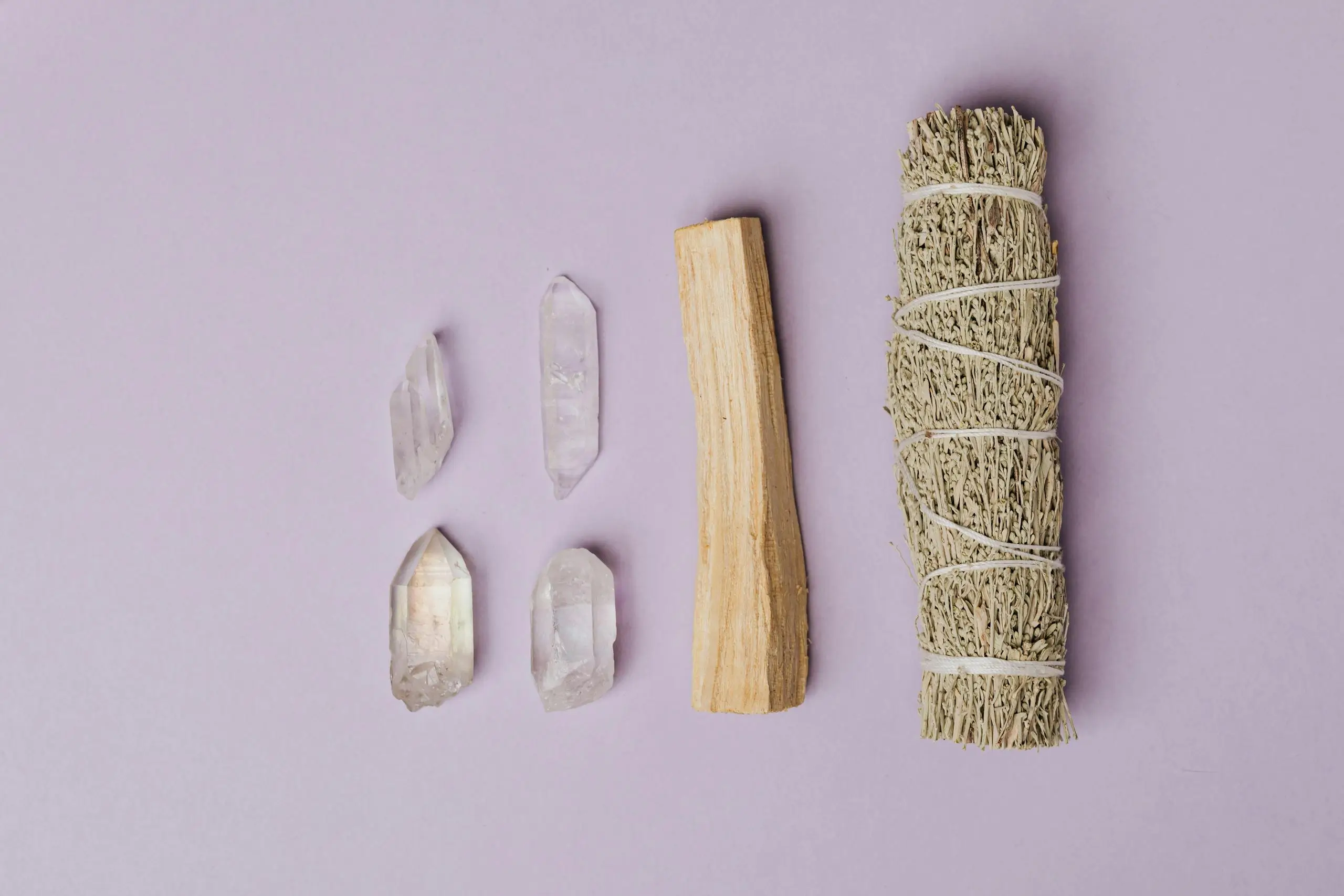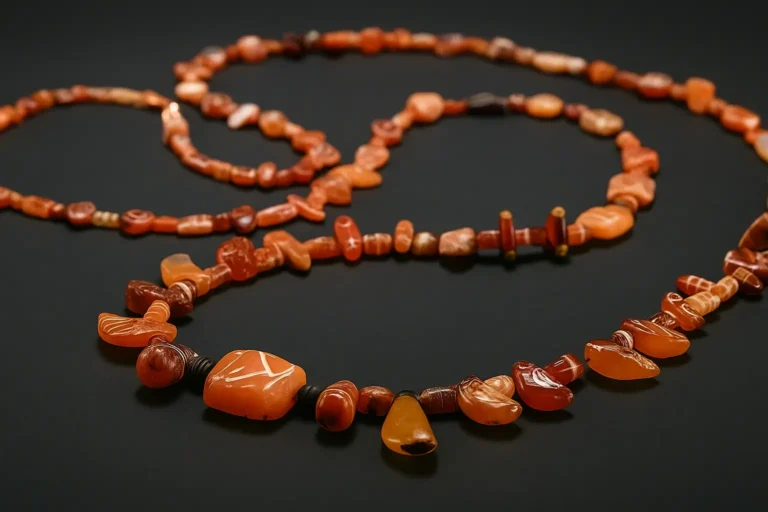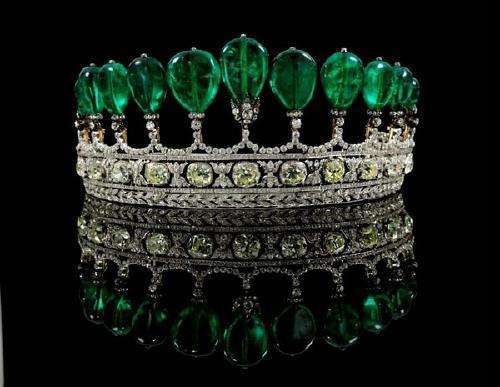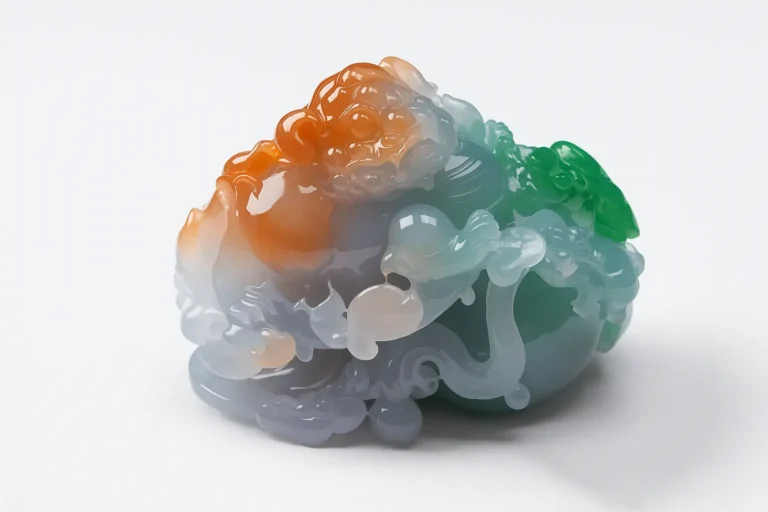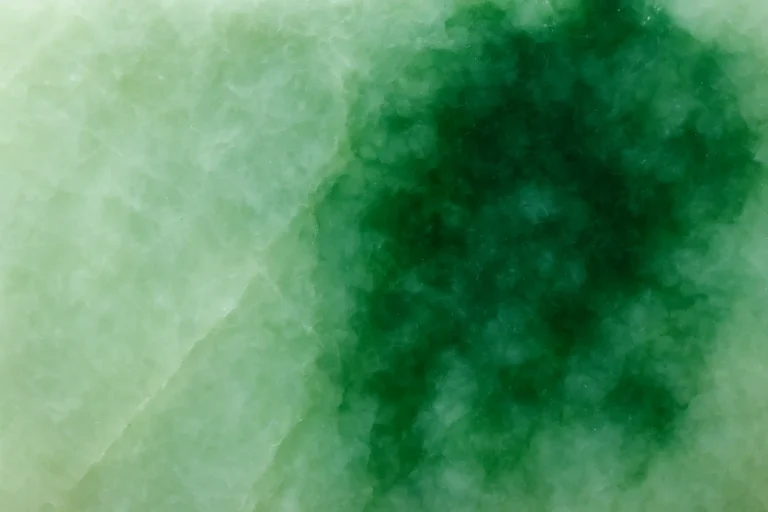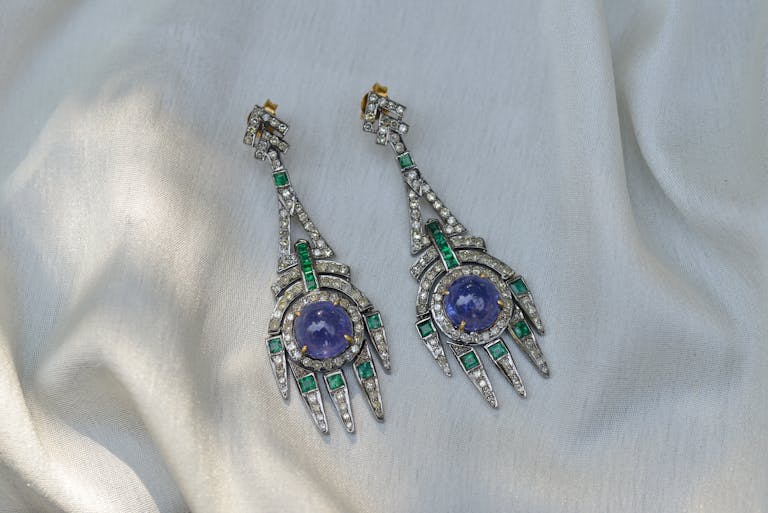The Ultimate Guide to Natural Quartz Crystals: Types, Inclusions, and Authenticity
Introduction to Natural Quartz Crystals
Natural quartz crystals are like a living museum in your hand: they record Earth’s ever-changing environment over millions of years. Through subtle variations in trace elements (like iron or aluminum), temperature, pressure, and radiation, quartz takes on different colors and internal features. But for many collectors and enthusiasts, the real intrigue lies in distinguishing natural quartz from synthetic or treated stones—and appreciating those internal inclusions that make each specimen unique.
In this comprehensive guide, we’ll cover:
- Explore the color categories of inclusion-free quartz and the rare ametrine crystals with vivid purple and yellow zones.
- Understand common quartz inclusions like rutilated, phantom, and bubble quartz, and what they reveal about crystal growth.
- Learn how to distinguish natural quartz from synthetic or glass imitations using reliable tests and observations.
- Discover the scientific, industrial, and optical applications of quartz beyond its beauty and metaphysical claims.
Let’s begin our journey into the world of quartz.
I.Color Categories of Natural Quartz Crystals
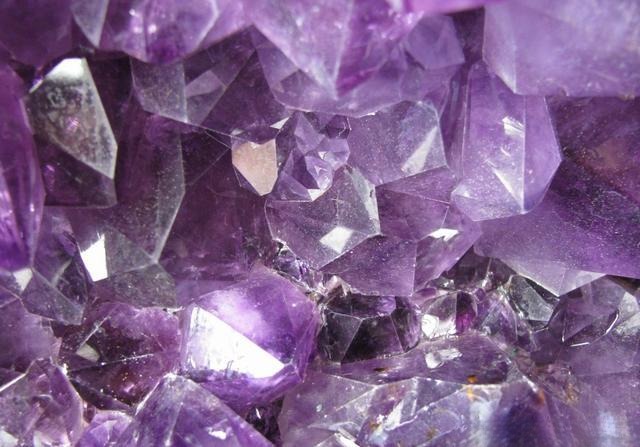
Natural quartz crystals can be categorized into two main types based on the presence or absence of inclusions:
- Inclusion-Free Quartz (crystals without internal features)
- Quartz with Inclusions (crystals containing visible internal features)
1. Inclusion-Free Natural Quartz: Colors and Types
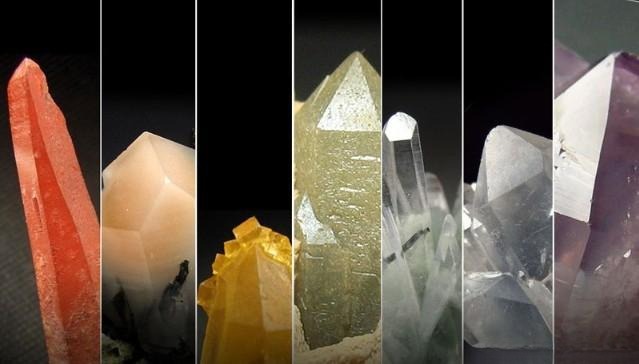
Inclusion-free quartz crystals display pure, uniform colors that result from trace elements and growth conditions during formation. Common types include:
- Clear Quartz (White / Rock Crystal)
- Rose Quartz (Pink)
- Amethyst (Purple)
- Citrine (Yellow)
- Green Quartz
- Ametrine (Purple-Yellow Quartz)
- Smoky Quartz (Brown / “Tea” Color)
Each color type is prized for its purity, hue, and clarity. Among these, Ametrine (also called Purple-Yellow Quartz) is particularly rare. It forms when amethyst undergoes thermal alteration during geologic activity: heat partially fades its purple color to yellow, and when the heating suddenly stops, the crystal solidifies with distinct purple and yellow zones. The most desirable specimens feature vivid, sharply defined color boundaries.
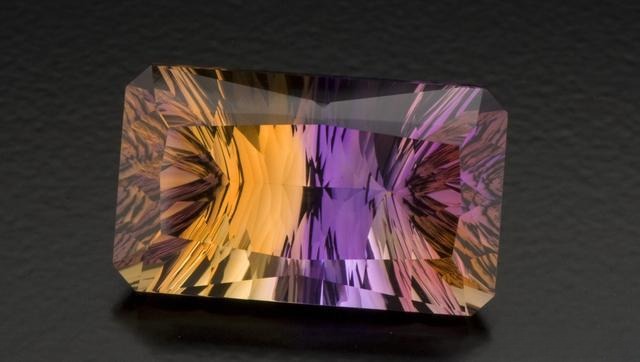
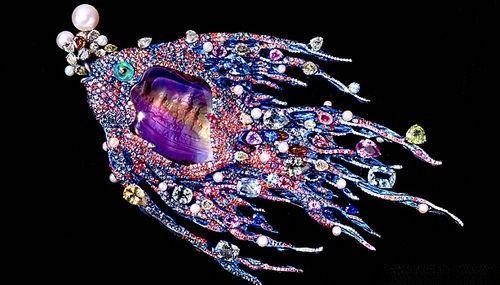
Noteworthy Source: Bolivia’s Anahí Mine remains the only known large-scale producer of gem-quality ametrine. While small quantities occasionally appear elsewhere, they rarely reach commercial levels. Today, gem-grade ametrine for rings or pendants typically sells for $10–$50 per carat in the European and U.S. markets, depending on color intensity and clarity.
For further reading, to learn more about amethyst, check out the Peonyjewels blog article: Amethyst—The Aristocratic Beauty in Everyday Life.
2. Natural Quartz with Inclusions: Internal Features
Many quartz crystals contain inclusions—tiny mineral needles, gas bubbles, or growth patterns—that enhance their beauty and scientific interest. Common inclusion types include:
- Rutilated Quartz – titanium dioxide needles
- Phantom Quartz – growth patterns or hair-like fibers
- Garden Quartz / Included “Flower” Quartz – mineral inclusions resembling flowers or plants
- Water Bubble Quartz – tiny liquid-filled inclusions
- Oil Bubble Quartz – tiny oil-filled inclusions
- Star Quartz – tiny clustered needle inclusions forming asterism
- Blue Needle Quartz – thin blue rutile needles
Quartz Crystals with Inclusions:
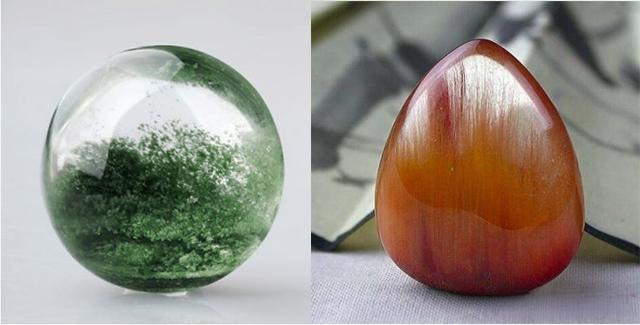
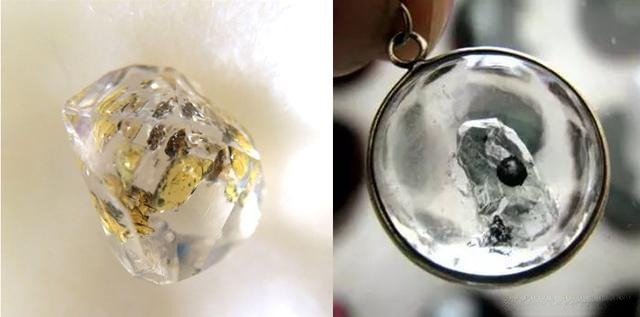
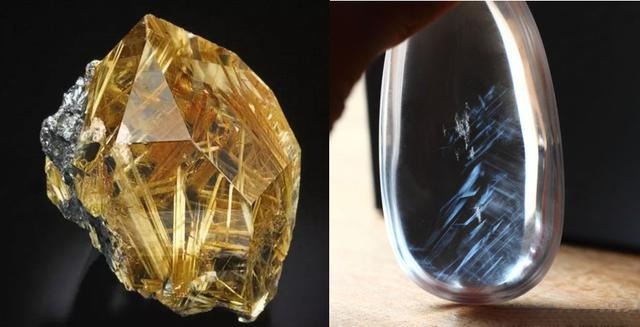
These inclusions tell stories of changing environments during crystal growth. They may reflect shifts in temperature, pressure, or fluid chemistry.
Because these inclusion types are so varied, quartz specimens are often classified by inclusion—rutilated quartz, phantom quartz, garden quartz, aqua quartz, blue needle quartz, and so on. These variants are highly prized by collectors for their individuality.
Learn more about natural inclusions in quartz crystals by reading the Peonyjewels blog article: Steel Wool, Eyelashes, and Feathers Inside Crystals? Yes, They’re All Natural!
II. Quartz Hardness and Glass Test
Quartz has a Mohs hardness of 7, whereas typical glass is about 5.5–6. This means quartz can scratch ordinary glass. However, quartz is also brittle, especially along thin edges or terminations. If someone attempts to scratch glass using a wafer-thin quartz edge, there’s a risk of damaging or shattering the crystal.
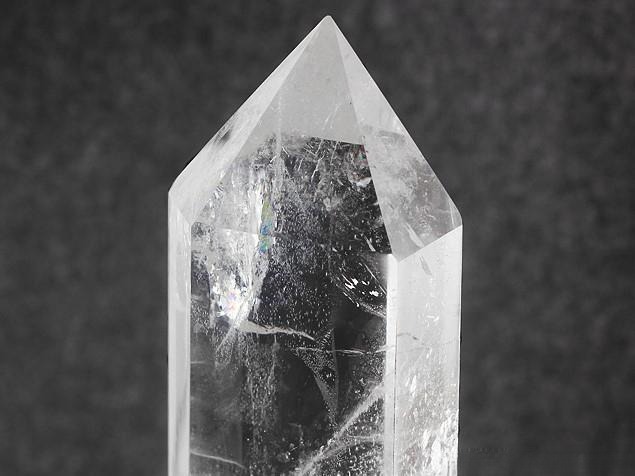
So although the “scratches glass” test is valid in principle, one must be extremely careful not to injure the specimen.
III.Flaws and Clarity: Natural Doesn’t Mean Perfect
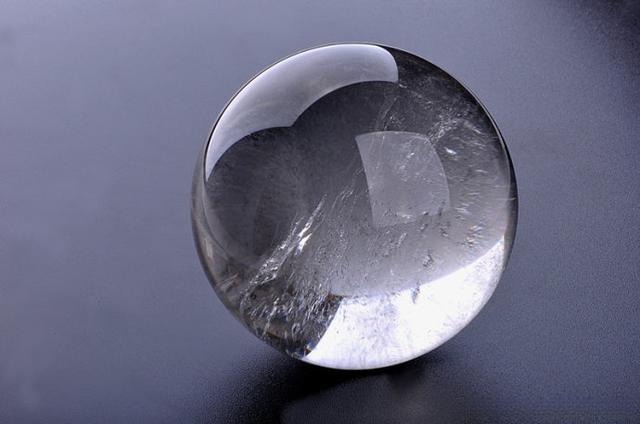
Many natural quartz crystals exhibit features like:
- Color zoning or banding
- White “cloudy” wisps or fibrous inclusions
- Internal fissures or micro-fractures
- Gas or fluid bubbles (e.g. “water bubbles”)
The absence of visible flaws does not automatically mean a crystal is fake—very clean natural quartz does exist. In fact, one hallmark of high-quality natural crystals is that their clarity comes without signs of artificial treatment or manipulation.
IV. Distinguishing Natural vs. Synthetic Quartz
Although quartz is relatively abundant worldwide (for example, China’s Donghai County alone reportedly holds reserves exceeding 100,000 tons, contributing nearly half of the country’s annual output), the market is flooded with synthetic quartz. The most common method is hydrothermal synthesis (often called “grown quartz” or “lab quartz”).
Similarities:
- Synthetic quartz and natural quartz share identical chemical composition and major physical properties.
- Under casual observation, a lab-grown crystal can appear indistinguishable from natural.
Differences:
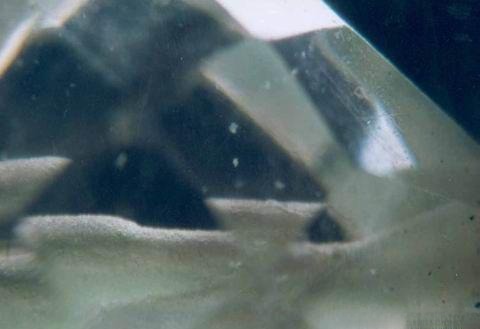
- Synthetic quartz may contain “bread-crumb” type inclusions—tiny specks or undissolved precursor minerals that look like bread crumbs. These are rarely seen in natural stones.
- The internal structures (growth zoning, stress lines) may differ under magnification or polarized light.
Fakes & Treatment Schemes:
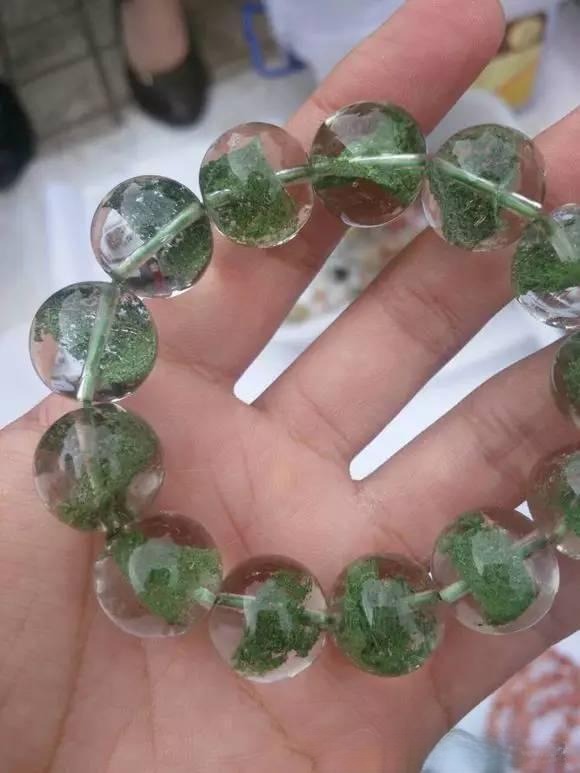
- Blowing dye into a drilled hole in clear quartz to simulate “green phantom”
- Infusing dyes into fractures or cracks, leading to color pooling or uneven distribution
- Fakes made of glass or leaded glass
Many sellers claim that flawless clarity, perfect color, or “energy power” indicates authenticity—these are marketing tactics, not reliable tests.
V. Inclusions That Are Faked: Identification Tips
Imposters often try to emulate the look of phantom quartz, rutilated quartz, or other inclusion-bearing types. Here are red flags:
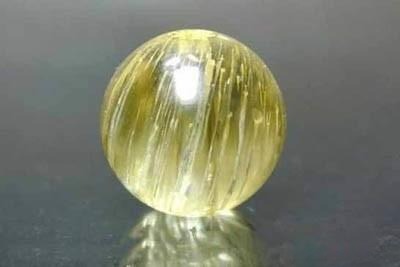
- Unnatural periodicity: synthetic inclusions may show overly straight lines, repeating patterns, or symmetry.
- Triangular cross-sections: artificially inserted fibers sometimes have cross-sections that look triangular under magnification—unnatural compared to the round or irregular cross-sections of natural mineral inclusions.
- Color accumulation in cracks or fissures indicates dye infiltration
- Filled fractures or resins used to mask flaws
- “Plugging”: quartz drilled and injected with colored sludge or pigment to simulate phantom or green chlorite inclusions
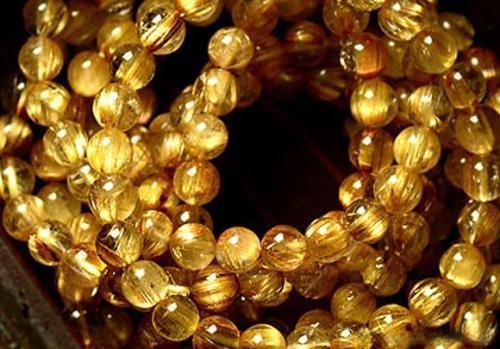
If a specimen shows one hundred percent inclusion coverage (i.e. fully enclosed) without signs of resins or filling, it is more likely to be a true natural inclusion quartz. Partial inclusion coverage must be carefully examined under magnification for filling lines or artificial dye zones.
VI.What Qualifies as a Genuine Quartz Crystal
Both natural quartz and hydrothermally synthesized quartz are true quartz (SiO₂). The distinction is origin, not mere chemistry. The main counterfeit material is glass, which is not crystalline quartz. Compared to glass, quartz has:
- Higher hardness
- Consistency in refractive and birefringent behavior
- Crystal habit and structure
Glass simulants are now relatively rare in the natural stone market, because synthetic quartz is affordable and more convincing.
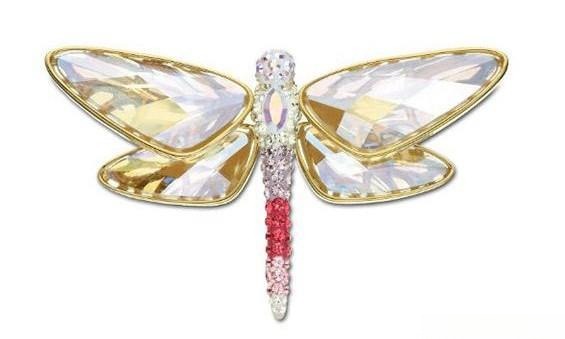
Note on “Swarovski Crystal”: When you see “crystal” in Swarovski’s branding, it does not refer to natural quartz. It’s typically lead glass or coated glass, cleverly cut to display brilliance. Historically, Swarovski used high-lead content glass (40–50%), but under EU regulation they switched to lead-free glass or coated glass to maintain brilliance without heavy metals.
Common Myths and Misconceptions About Identifying Natural Quartz
Many online guides suggest simple “tests” to verify quartz authenticity, but most are unreliable or limited:
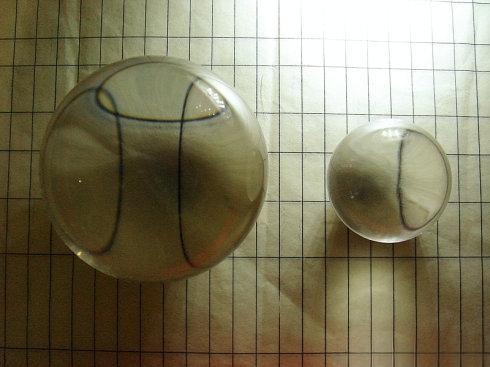
- Double Refraction Test – Placing a quartz crystal over a hair supposedly shows a double image if genuine. Reality: This only works on spherical crystals larger than 5 cm. Quartz’s birefringence is low (0.009), so smaller crystals do not reveal a visible double image.
- Tongue Test – Licking quartz should feel cool if real. Reality: Misleading. Glass or synthetic quartz can feel equally cool, especially in air-conditioned rooms.
- Glass Scratch Test – Quartz can scratch ordinary glass. ✅
Valid in principle, but handle carefully to avoid damaging the crystal. - Magnification Inspection – A 10× loupe may reveal gas or liquid bubbles in natural quartz (e.g., water bubble quartz). Glass often shows uniform, round air bubbles. ✅
Tip: Quartz bubbles are irregular and follow natural growth patterns, distinguishing them from glass inclusions.
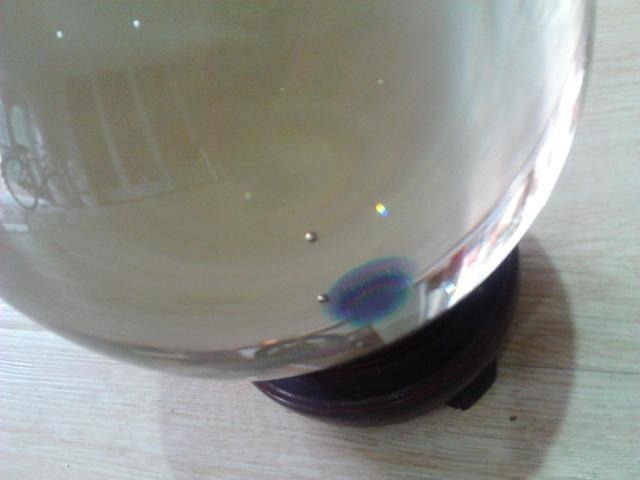
By understanding these characteristics and common misconceptions, collectors can confidently differentiate genuine natural quartz from glass or synthetic alternatives.
VII. Debunking Popular Mythical Claims
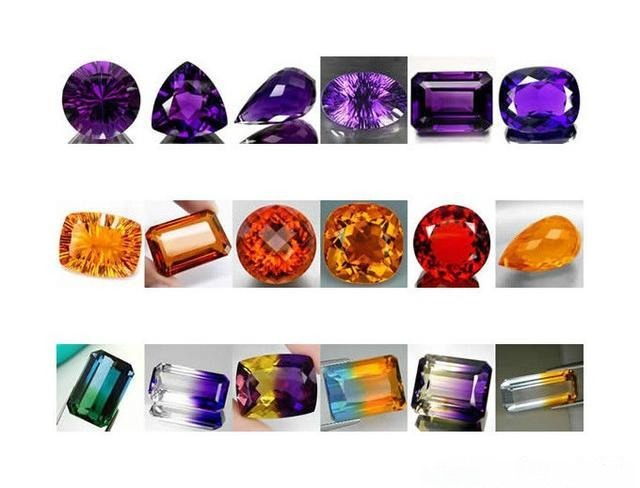
Many sellers attribute metaphysical properties to crystals—claims like attracting wealth, enhancing love, warding off evil, or changing one’s luck. While these make lovely symbolic gifts or placebo tools, they are not scientifically supported.
You may choose to hold personal beliefs or rituals around crystals—but don’t rely on them for financial success or life changes. If simply holding a quartz crystal made someone rich, then crystal merchants themselves would be living in opulence by now!
Also avoid sellers who overextend classification: for example, claiming that watermelon tourmaline or aquamarine are “crystals” in the quartz family—they are not. Beware of anyone claiming you can verify authenticity by tongue test (because “real” quartz feels cold)—this is unreliable, especially in air-conditioned rooms.
VIII. Scientific and Industrial Applications of Quartz
Beyond its beauty, quartz is one of the most valuable minerals in modern science and technology. Thanks to its unique piezoelectric and optical properties, quartz serves as a bridge between nature and advanced engineering.
1. Piezoelectric and Oscillatory Properties
Quartz can convert mechanical pressure into electrical voltage and vice versa — a phenomenon known as piezoelectricity. This ability makes quartz indispensable in producing precise frequency and timing components, including:
- Quartz resonators and crystal oscillators for frequency stabilization
- Electronic filters and sensors in telecommunication and navigation systems
- Timing devices such as digital watches, GPS units, and computers
- Precision instruments like microscopes and scientific measuring devices
Quartz’s stable oscillation behavior underpins the accuracy of countless modern devices — from atomic clocks to spacecraft navigation systems.
2.Optical and Thermal Properties
Quartz also exhibits excellent optical clarity, high thermal resistance, and chemical stability, allowing it to transmit light across ultraviolet to infrared wavelengths. These qualities enable its use in:
- UV-transmitting lenses and optical windows
- Polarimeters for measuring optical rotation
- Spectrometers, prisms, and quartz wedges for color compensation
- Infrared analysis instruments and refractometers
Its ability to endure high temperatures and maintain transparency under harsh conditions makes quartz an irreplaceable material in laboratories, observatories, and high-precision industrial environments.
Conclusion
Natural quartz is a remarkable natural archive — each crystal captures moments of Earth’s deep history. Whether you collect clean, pure quartz or fascinating inclusion-bearing varieties like rutilated or phantom quartz, the key lies in awareness — understanding how they form, how they differ from synthetic counterparts, and how to spot modern fakes.
While crystals are beautiful and symbolic, don’t let marketing myths about “energy” or “magic luck” overshadow their geological truth. View them as art, as Earth’s autobiography, and as a joy to hold — not as a promise of fortune, but as a connection to deep time and natural beauty.
At Peonyjewels, we celebrate that same harmony between nature and craftsmanship. Our handmade vintage earrings and the natural white quartz crystals bracelet reflect quartz’s timeless purity in wearable form — elegant, meaningful, and rooted in the artistry of the Earth itself.

